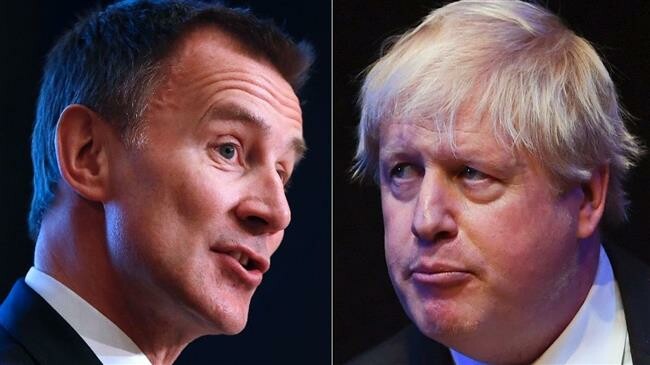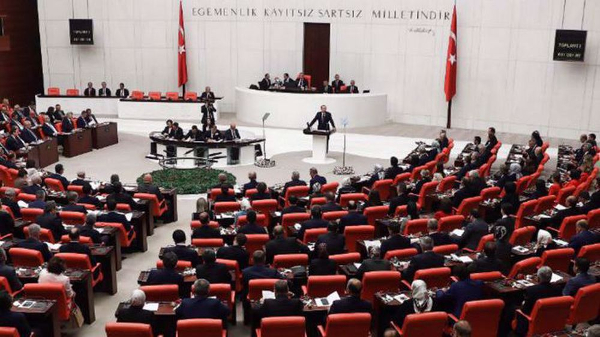As the race to select the next leader of the conservative party- and by extension Britainís next Prime Minister - reaches its final stages, it is worthwhile examining the systemís weaknesses if only to underline the superficial nature of British democracy.

Britainís electoral system has long been the subject of criticism inasmuch as it is based on the first past the post system. It is partly for this reason that many leading British political scientists describe the countryís political system as an elected dictatorship.
Indeed, British politics has been dominated by three main parties for over a century, and since the Second World War only two parties, namely Labour and Conservative have been able to form governments. The brief period in 2010-2015, when the conservatives formed a coalition government with the liberal democrats, was the exception that proved the rule.
The conservative party, which has dominated the commanding heights of British politics for well over a century, in many ways displays the structural distortions and deficiencies which plague the British political establishment.
The Tory leadership race has brought many of these distortions and deficiencies into sharp relief. The first stage of the leadership contest saw the partyís heavy weights take centre stage. But in a clear sign that the outcome was predetermined, the outright winner, Boris Johnson, rarely appeared in debates thus evading public scrutiny.
It is not too much to expect that a candidate aspiring to become the next Prime Minister of the United Kingdom should be subjected to forensic scrutiny, not only on the content of their views and positions on the major issues of the day, but more importantly perhaps, on their temperament and leadership style.
If the first stage of the process was structurally and procedurally flawed, then the second stage is an unmitigated disaster in democratic and accountability terms. The Tory partyís rank and file members, who number roughly 160,000, are tasked with choosing between the two candidates who survived the first stage of the selection process. This boils down to a choice between Jeremy Hunt and Boris Johnson.
If the idea of a mere 160,000 people, which accounts for 0.2 percent of the British population, deciding the fate of the UK was not bad enough, then a closer analysis of the demographics of the Tory party membership raises disturbing questions about the nature of British politics.
As it is often pointed out in the British media, the Tory party rank and file is largely composed of white middle class elderly and middle aged men.
In view of the defining national moment as represented by Brexit, the fact that a tiny demographic - constituting a minority within a minority - gets to decide the destiny of the nation, speaks volumes about Britainís undemocratic political system.
LINK: https://www.ansarpress.com/english/11709
TAGS:






























 online news tv
online news tv




